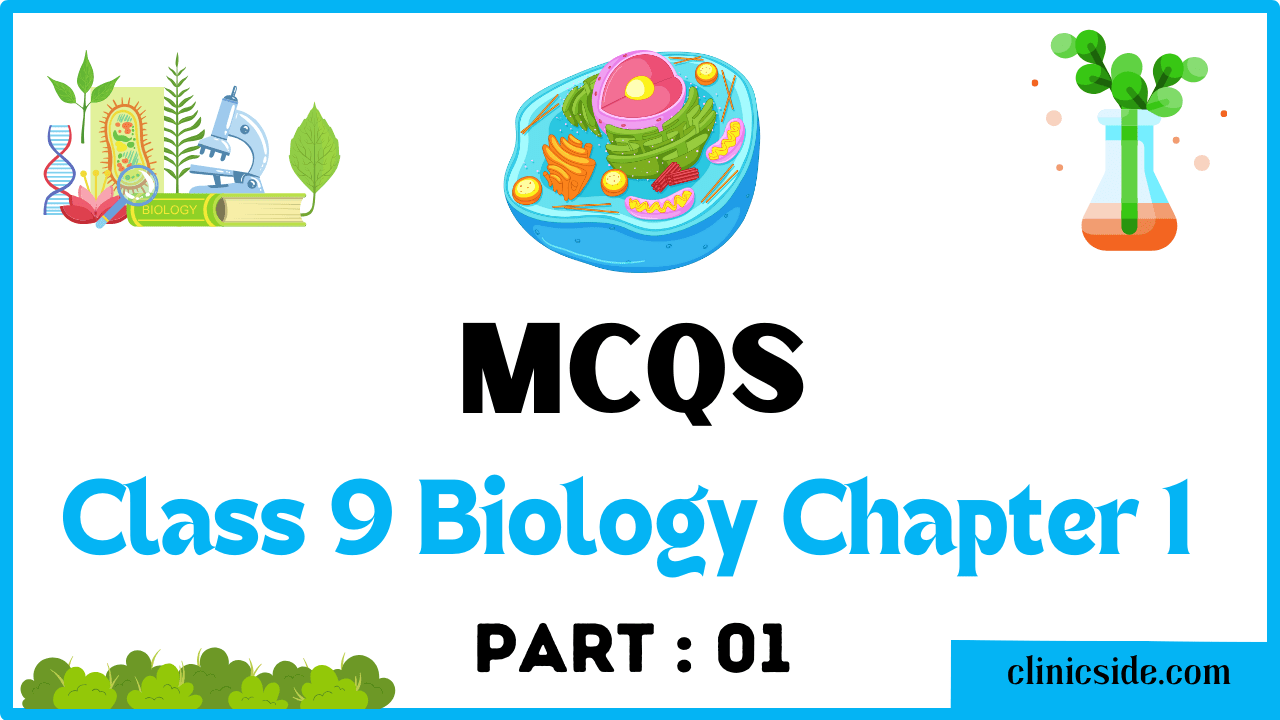Quiz
Available options: 1 to 20
Pre-Quiz Discussion On Ecology:
What Is Ecology?
Ecology is the science that explores the relationships between living organisms and their surroundings. It encompasses not only the study of individual species but also the broader ecosystem in which they live.
Levels of Organization
Ecologists analyze life at multiple levels, from individual organisms to populations, communities, ecosystems, and even the biosphere, which is the sum of all ecosystems on Earth.
Levels of Ecological Study
Organismal Ecology:
Focuses on the adaptations and behaviors of individual organisms in response to their environment.
Examines how an organism’s physiology, morphology, and behavior enable it to survive and reproduce.
Population Ecology:
Concerned with the study of populations of a single species and their dynamics.
Investigates factors that affect population size, growth, and distribution.
Community Ecology:
Explores interactions among different species within a defined area.
Analyzes the relationships between predators and prey, competitors, and symbiotic partners.
Ecosystem Ecology:
Studies both living (biotic) and non-living (abiotic) components of ecosystems.
Investigates the flow of energy and nutrients within ecosystems.
Landscape Ecology:
Examines how ecosystems are arranged in geographic space.
Focuses on the connections between different ecosystems and the effects of landscape patterns on ecological processes.
Global Ecology:
Addresses ecological issues at a planetary scale.
Explores global patterns of nutrient cycling, climate change, and the distribution of species.
Ecosystems and Biotic Factors
Ecosystem Components
An ecosystem is a community of organisms interacting with one another and their physical environment. It consists of both biotic factors (living organisms) and abiotic factors (non-living components).
Food Webs and Trophic Levels
In ecosystems, energy and nutrients flow through a complex network of interactions. Food webs illustrate the relationships between different species and their roles in energy transfer. Trophic levels categorise species according to their place in the food chain.
Photosynthesis and Respiration
These essential processes play key roles in the carbon cycle. Photosynthesis by plants and other autotrophs captures energy from the sun, converting carbon dioxide into organic matter. Respiration, on the other hand, releases carbon dioxide back into the atmosphere.
Biodiversity and Biomes
Biodiversity
Biodiversity refers to the variety of life on Earth. It includes genetic diversity, species variety, and environmental diversity. The conservation of biodiversity is crucial to maintaining ecological balance.
Biomes
Earth is divided into various biomes, each characterized by specific climate and vegetation patterns. These include deserts, rainforests, tundras, grasslands, and more. Each biome hosts a unique collection of flora and fauna adapted to its conditions.
Adaptations and Interactions
Adaptations and Natural Selection
Species evolve over time, and those best suited to their environment tend to survive and reproduce. This process, known as natural selection, leads to the development of adaptations that help organisms thrive in their specific niches.
Symbiotic Relationships
Organisms frequently engage in symbiotic relationships, where two species live together and interact. These interactions can be mutualistic (benefiting both species), parasitic (benefiting one species at the expense of another), or commensal (benefiting one species with no impact on the other).
Human Impact and Conservation
Human Impact on the Environment
Human activities have profound effects on ecosystems and the planet. Deforestation, pollution, overfishing, and climate change are some of the major threats to the environment and biodiversity.
Conservation Efforts
Conservationists and organizations work tirelessly to protect and preserve Earth’s natural resources and ecosystems. Efforts include establishing protected areas, sustainable resource management, and public awareness campaigns.
Succession and Disturbances
Ecological Succession
Ecosystems are dynamic and can change over time. Ecological succession is the gradual process of change following a disturbance. Primary succession starts in a barren area, while secondary succession occurs after a disturbance in an existing ecosystem.
Natural and Human-Induced Disturbances
Both natural events (e.g., wildfires, volcanic eruptions) and human activities (e.g., agriculture, urbanization) can disrupt ecosystems. Understanding these disturbances is crucial for effective ecosystem management and restoration.
Climate Change and the Greenhouse Effect
The Greenhouse Effect
The greenhouse effect is a natural process that warms the Earth’s surface by trapping heat from the sun. However, human activities, especially the burning of fossil fuels, have intensified this effect, leading to global warming and climate change.
Key Concepts in Ecology
Biotic and Abiotic Factors:
Biotic factors include living organisms, while abiotic factors are non-living components like temperature, water, and soil. Both play vital roles in shaping ecosystems.
Energy Flow and Nutrient Cycling:
Ecosystems depend on the flow of energy through food chains and the cycling of essential nutrients like carbon, nitrogen, and phosphorus.
Biomes:
Different regions of the world are characterized by distinct types of ecosystems, called biomes, such as deserts, rainforests, and tundras.
Population Dynamics:
Understanding factors like birth rates, death rates, and migration helps in predicting changes in population sizes.
Conservation and Biodiversity:
The preservation of biodiversity and the conservation of threatened species are central concerns in ecology.
Test Guidelines and Time Limit:
Guidelines for Maximizing Your Quiz Experience:
Read and Understand:
Carefully read each question related to Ecology and ensure you have a clear understanding of the concepts before selecting your answer. This will help you make informed choices and avoid misconceptions.
Choose the Best Answer:
Evaluate all available options before selecting the one that aligns best with your knowledge of Ecology. Strive for accuracy and relevance in your responses.
Time Management:
The quiz has a time limit based on the number of questions you choose. Allocate 45 seconds per question. Manage your time wisely to complete all questions within the allotted time.
Efficient time management increases your likelihood of successfully completing the quiz and submitting your answers within the designated timeframe. Best of luck!







Pingback: Akash
Pingback: Shameer